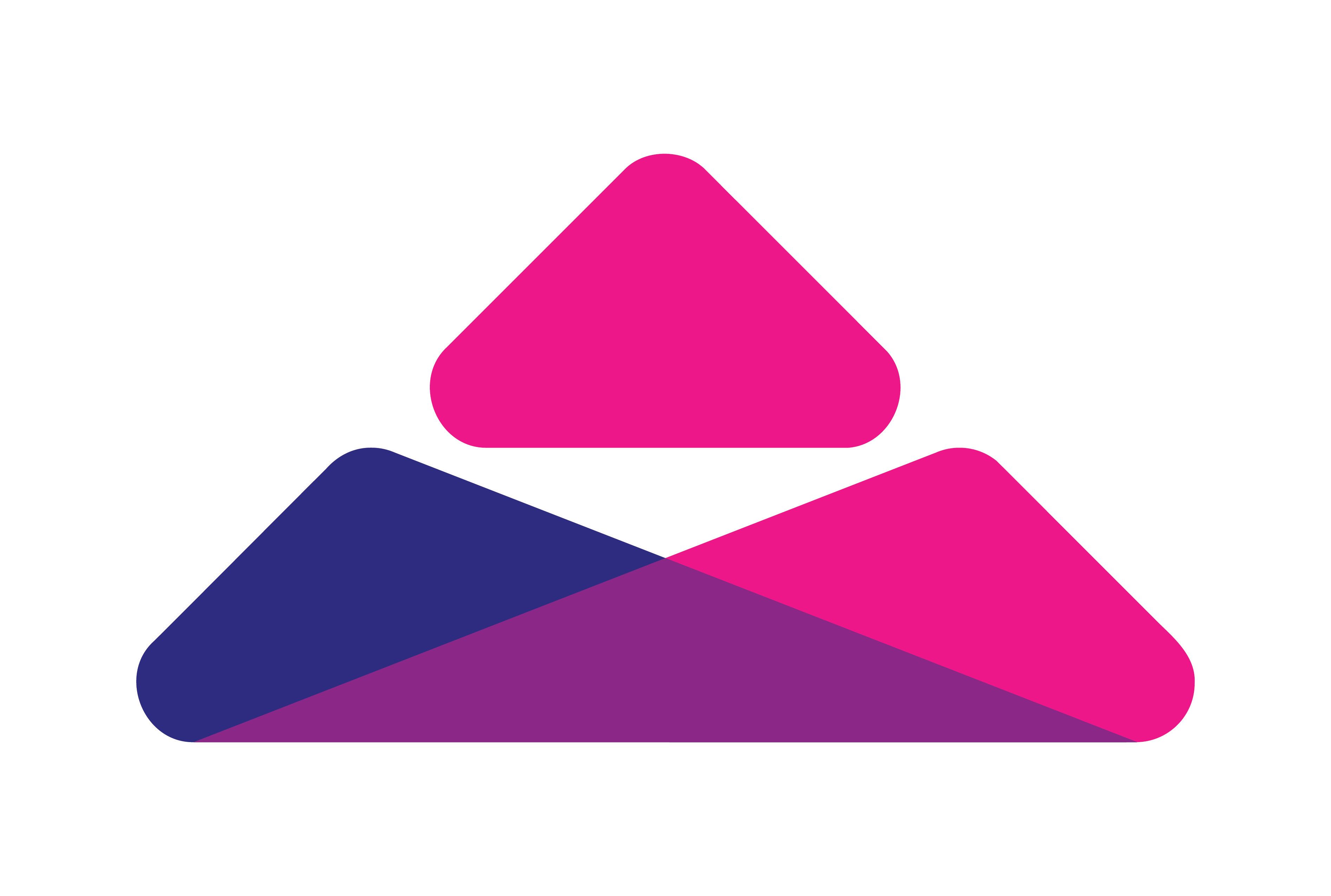Remember in school, when you would design a poster to let people know where to sign up for an upcoming competition? And who can forget the time when every other billboard had a Fair & Lovely ad persuading everyone to try a tube? It is becoming harder to grab people’s attention through billboards as we bury our heads deeper into our screens.
That’s where landing pages come into play.



